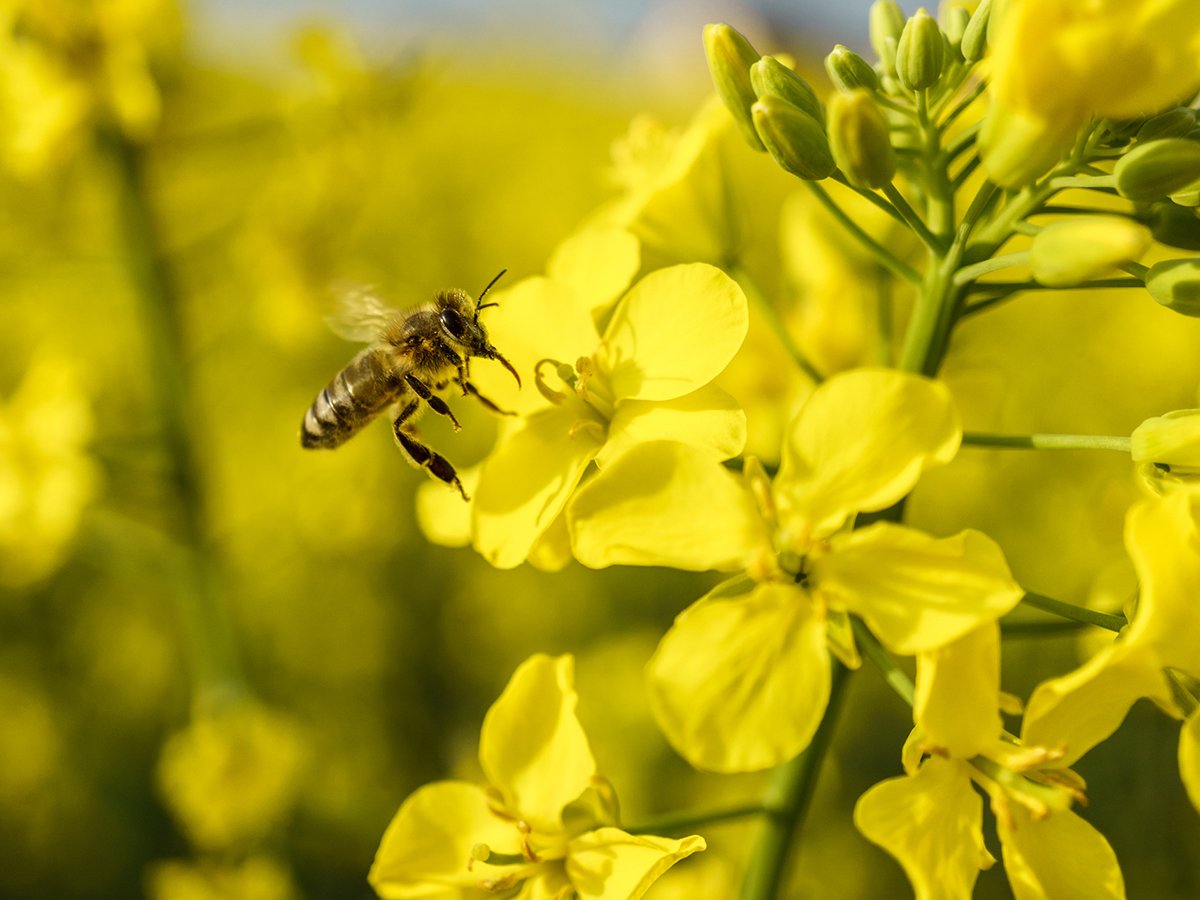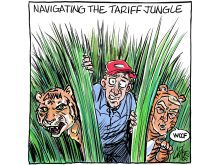The symbol floating near the top of this column is an example of branding.
Yessiree, it’s not just for cattle anymore, and that is fortunate for Japanese cows, because from the looks of it, this particular brand would require at least three irons and a fair chunk of cowhide.
As most people involved in the agricultural industry have no doubt become aware, the modern concept of branding has nothing to do with smoke and prairie oysters. It has to do with marketing products so they have positive associations for prospective buyers. And it’s an international trend and focus.
Read Also

Invigor Gold variety viewed as threat to condiment mustard
Invigor Gold, the canola-quality mustard developed by BASF, is on a collision course with Canada’s condiment mustard industry. It’s difficult to see how the two can co-exist.
The distinctive emblem here, the Japanese oishii, means delicious or tasty in English. The Japanese government uses it to unify its marketing approach at food fairs and in printed materials that promote Japanese food products.
Canada also has a branding symbol, one version of which is shown below. It’s relatively new but ready for use to promote Canadian good products.
Studies tell us that internationally, Canada evokes images of cleanliness, fresh air, snow and mountains and its people are considered highly trustworthy.
But according to a story in last week’s issue, the foods most commonly associated with Canada by international consumers are salmon, maple syrup and wheat.
That’s a fine but laughably short list, considering the vast array of high quality foods produced here every day, month and year.
Anyone reading this column can probably come up with at least half a dozen Canadian grown or made products that can hold their own just about anywhere.
That’s where the elegant symbol comes in, along with specific regulations governing its use. According to our story last week, at least 70 companies have signed up to use it on their products.
Canadian producers have come to the realization that in most areas, they are no longer the low-cost supplier of commodities or products on the international scene. As Marty Neumeier says in his book, The Brand Gap, “there really can only be one low price leader. Everyone else must compete on brand.”
And we’ve got a great brand. We need to market it well.
Let’s start looking for the maple leaf symbol, and training others to recognize it as a mark of excellence.














